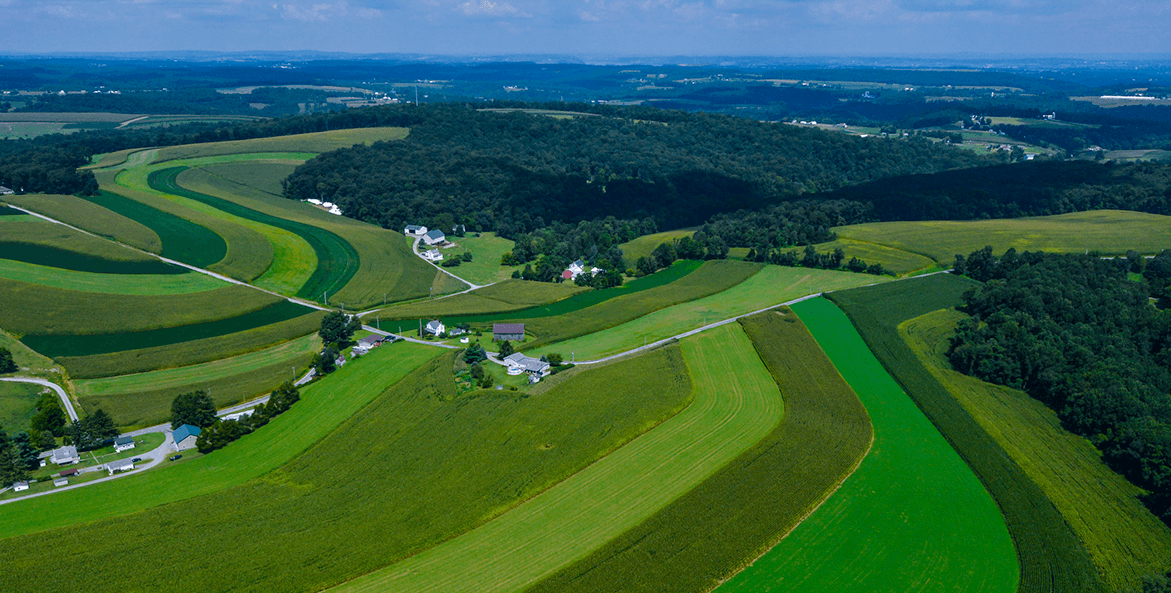As Pennsylvania legislators begin looking under the Commonwealth’s cushions for enough spare change to plug a state budget gap that could be higher than $4 billion, they should keep hands off of funds already dedicated to conservation and environmental programs.
Lawmakers in the state House of Representatives have said that dedicated funds, many of which are invested in farm conservation and environmental restoration projects will be the first to be diverted to fill a budget for the second half of fiscal year 2020-21.
In May, because of uncertainty in the face of the COVID-19 pandemic, the Pennsylvania House passed a bill to freeze funding for county conservation districts and a series of environmental and other funds that support local parks and trails, farmland conservation, watershed restoration and other projects. The Senate has yet to consider the legislation.
At the same time, Pennsylvania has missed many of its commitments to clean up our rivers and streams and cannot afford to backslide any further. Roughly 30 percent (25,500 miles) of our waters are impaired by things like polluted runoff and the legacy of coal mining. The latest watershed implementation plan to meet Clean Water Blueprint goals by 2025 requires over $320 million more annually and achieves less than 75 percent of the nitrogen reduction needed.
The Blueprint is not just about clean water. Reducing pollution will support local businesses, create jobs, and provide additional environmental and public health benefits—all of particular importance in our current national public health and economic crisis.
During its first three years (started in 1999) under the Pennsylvania Department of Environmental Protection, the Growing Greener Program funded 1,100 watershed restoration projects totaling over $333 million ($127 million in public funds, plus $206 million in matching funds).
In 2019, the Growing Greener Coalition reported that funding for Growing Greener’s Environmental Stewardship Fund (ESF) had decreased by 75 percent, from an average of $200 million per year since the mid-2000’s, to about $60 million in 2016.
David Hess, who served as Secretary of the Pennsylvania Department of Environmental Protection (DEP) from 2001-2003 under Republican Governors Tom Ridge and Mark Schweiker said, “Since 1999, Growing Greener has seen chunks of funding lopped off and go to different kinds of unrelated things including the parking garage in Scranton and energy projects. Since 1999, the General Assembly and various Governors, Republican and Democrat, have been playing a shell game with environmental funding. They aren’t adding new money to the pot. None of these things are permanent solutions. They are smoke and mirrors.”
Clean water is not the only value under siege if these dedicated funds are raided. DCNR estimates that a proposal to take away Keystone and ESF funds would jeopardize more than 900 community conservation and recreation grants, access to state parks, major maintenance funds for infrastructure projects, and more.
According to a report prepared for the Theodore Roosevelt Conservation Partnership, more than 390,000 jobs were supported by outdoor recreation activities in Pennsylvania in 2016.
The report said that collectively, the economic contributions generated by outdoor recreation in the Commonwealth accounted for almost $17 billion in salaries and wages paid to employees and over $300 million in federal, state, and local tax revenue.
At Chesapeake Bay Foundation, we were encouraged by some aspects of Governor Tom Wolf’s $36 billion General Fund budget proposal for fiscal year 2020-21. That budget increased funding for the DEP to above 1994-95 levels for the first time in a decade. Also, funds from the ESF would no longer be shifted to pay debt service on the Growing Greener Fund.
Extra ESF dollars can be spent to plant more trees, address acid mine drainage, and protect additional acres of productive farmland.
Results of a poll conducted in September by the Growing Greener Coalition and the Conservation Voters of Pennsylvania, echo our call for greater emphasis on environmental solutions and investments.
In that survey, more than 90 percent of Pennsylvania voters said they want legislators to pursue a number of important environmental priorities, including preventing oil and gas pipeline accidents, preserving farmland, cleaning up rivers and streams, and protecting the quality of Pennsylvania’s drinking water.
When informed in polling that the state is facing a $4 billion shortfall that will necessitate budget cuts, 62 percent report preferring cuts to other items in the budget and only 13 percent of Pennsylvania voters preferred cuts to conservation and environmental protection priorities.
Ultimately, it is up to state lawmakers to listen to their constituents and ensure that the resources are there to assist Pennsylvania’s farms, families, and communities to restore and protect our land, water, and air. This underscores the need for voters to let their elected officials know that environmental funding is essential to a healthy Pennsylvania economy.
In the days ahead, legislators will discuss dipping into or deleting “special funds” as they consider short-term fixes for the budget dilemma.
Growing Greener, the Environmental Stewardship Fund, and the Keystone Fund truly are more than “special” to those of us who care about the environment. They are critical.
Now is the time to remind our elected leaders, and for them to remember, that clean water counts in Pennsylvania, and investments in our recreation, health and economic wellbeing should be reinforced, not raided.
Shannon Gority, CBF's Pennsylvania Executive Director
Issues in this Post
Chesapeake Clean Water Blueprint Agriculture Chesapeake Clean Water Blueprint Keystone Ten Million Trees Partnership Land Use Politics Runoff Pollution The Susquehanna River Trees Water Quality



